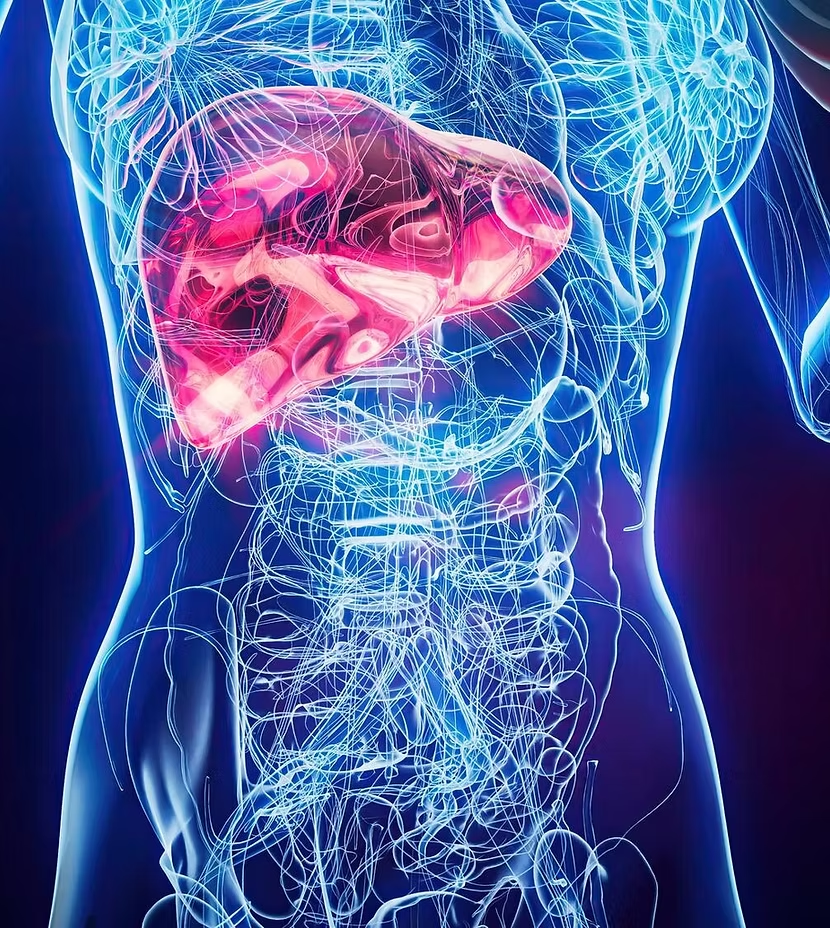Dips are a classic bodyweight exercise renowned for their effectiveness in building upper body strength. This compound movement primarily targets the muscles of the chest, shoulders, and triceps, but its benefits extend to other muscle groups as well. Understanding the specific muscles worked during dips can help in designing a balanced workout routine and maximizing the exercise’s benefits.
How to Perform Dips
Dips are typically performed using parallel bars, although variations can be done with benches or rings. The basic movement involves lowering your body by bending your elbows until your upper arms are parallel to the ground and then pushing yourself back up to the starting position. Maintaining proper form is crucial to ensure that the targeted muscles are effectively engaged and to prevent injury.
Primary Muscles Targeted
Triceps Brachii:
The triceps are the primary muscles engaged during dips. Located at the back of the upper arm, the triceps are responsible for the extension of the elbow joint. As you push your body upward, the triceps work to straighten the arms, making them heavily involved in the dip exercise.
Pectoralis Major:
The pectoralis major, or chest muscles, are significantly activated during dips. As you lower yourself, the chest muscles stretch, and as you push yourself back up, they contract to help lift your body. The lower portion of the chest (sternocostal head) is particularly engaged during dips.
Deltoids:
The deltoid muscles, which make up the rounded contour of the shoulder, are also worked during dips. Specifically, the anterior (front) part of the deltoid is engaged to assist in shoulder flexion and stabilization throughout the movement.
Secondary Muscles Targeted
Rhomboids:
Located between the shoulder blades, the rhomboids play a role in stabilizing the scapulae (shoulder blades) during dips. They help to retract and elevate the shoulder blades, which is crucial for maintaining proper form.
Latissimus Dorsi:
The lats, or latissimus dorsi muscles, are located on the back and contribute to the movement of the shoulders and upper arms. During dips, they assist in shoulder stabilization and contribute to the overall movement.
Trapezius:
The trapezius muscles, extending from the neck to the middle of the back, help stabilize the shoulder girdle during dips. The middle and lower portions of the trapezius are engaged to maintain proper posture and support the movement.
Core Muscles:
The core muscles, including the rectus abdominis, obliques, and lower back muscles, work to stabilize the body during dips.Muscles do dips work helps in keeping the body in a straight line and preventing excessive swinging or swaying.
Variations and Their Effects
Different variations of dips can emphasize different muscle groups:
Bench Dips:
Performed with the hands on a bench behind you and feet on another surface, bench dips target the triceps more intensely and reduce the involvement of the chest.
Ring Dips:
Using gymnastic rings for dips requires greater stability and engages the stabilizing muscles more intensely, particularly the shoulders and core.
Weighted Dips:
Adding weight, such as a dip belt with plates, increases the intensity and can lead to greater strength gains in the triceps, chest, and shoulders.
Tips for Effective Dips
Maintain Proper Form:
Keep your body upright or lean slightly forward to emphasize the chest and triceps. Avoid flaring the elbows excessively, as this can place undue stress on the shoulders.
Controlled Movement:
Perform dips in a slow and controlled manner to ensure that the targeted muscles are properly engaged and to reduce the risk of injury.
Warm-Up and Stretch:
Properly warming up and stretching before performing dips can help prepare the muscles and joints, reducing the risk of strain.
Conclusion
Dips are a powerful exercise for strengthening multiple upper body muscles, with a primary focus on the triceps, pectoralis major, and deltoids. Incorporating dips into a workout routine can enhance upper body strength, improve muscle definition, and contribute to overall fitness. By understanding the muscles targeted and utilizing variations, individuals can tailor their dips workout to achieve specific fitness goals and ensure a balanced approach to muscle development.



